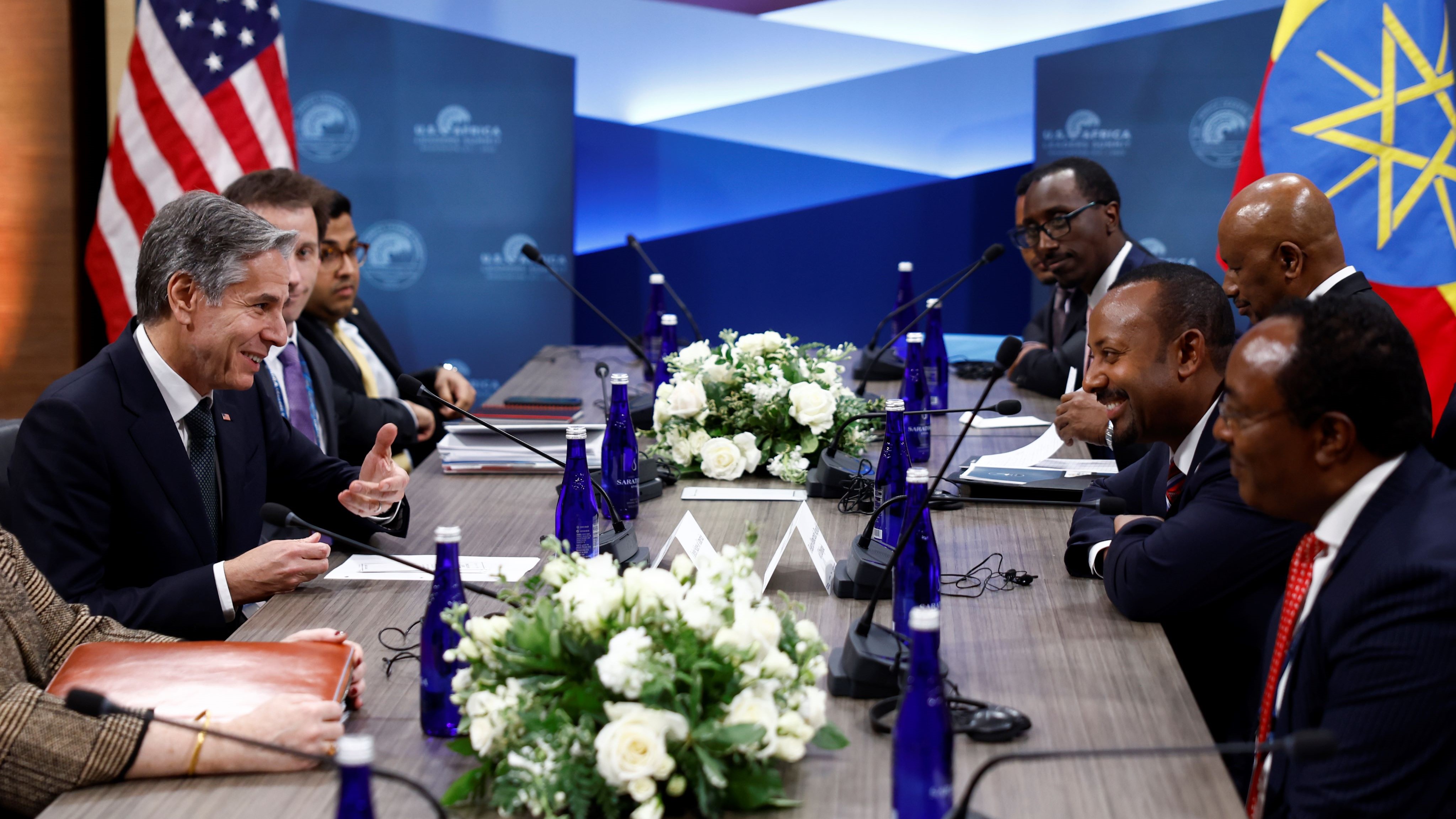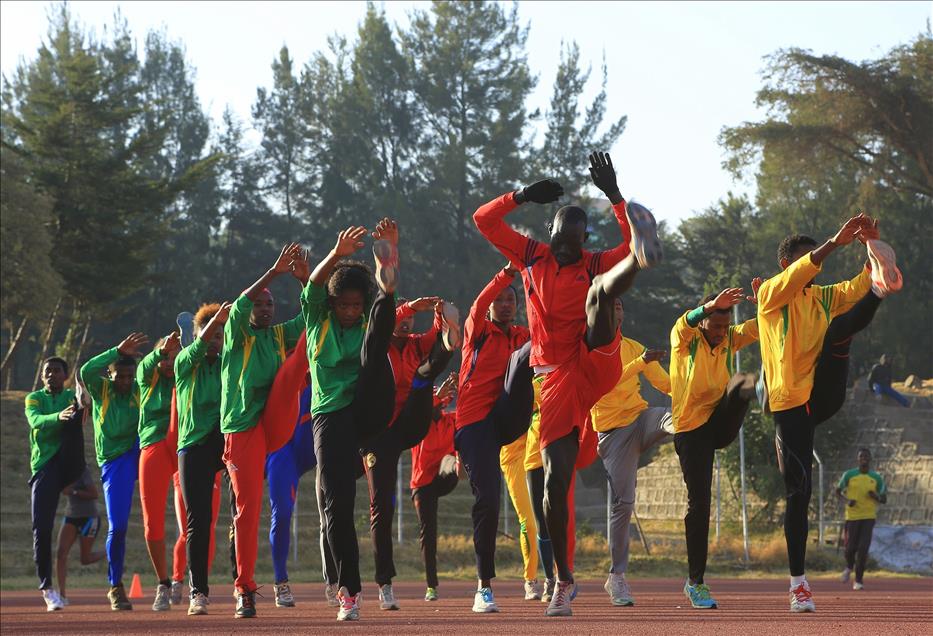Ethiopia's Energy Sector: Expanding Renewable Energy
Discover how Ethiopia is investing in renewable energy sources like hydro, wind, and solar to boost energy capacity, ensure sustainability, and drive economic growth.
Ethiopia, a country known for its rapid economic growth and vast natural resources, is emerging as a leader in renewable energy in Africa. As the government aims to meet the growing demand for electricity while reducing its carbon footprint, Ethiopia is investing heavily in hydro, wind, and solar energy. The expansion of renewable energy not only promises to increase the country’s energy capacity but also supports Ethiopia’s vision of becoming a green economy.
The Role of Hydropower in Ethiopia’s Energy Mix
Ethiopia’s energy sector is heavily reliant on hydropower, which accounts for over 90% of its electricity production. With abundant rivers and a mountainous landscape, the country is well-suited to harness hydropower. Some of the most prominent hydropower projects include:
1. The Grand Ethiopian Renaissance Dam (GERD)
The GERD is Africa’s largest hydropower project and a major source of national pride for Ethiopia. Once fully operational, it is expected to generate over 6,000 megawatts (MW) of electricity, significantly boosting Ethiopia’s power generation capacity. The dam is seen as a game-changer not only for Ethiopia’s energy supply but also for its ability to export electricity to neighboring countries, generating foreign revenue.
2. Gibe III Dam
Located on the Omo River, the Gibe III Dam is another significant project that contributes to Ethiopia’s hydropower capacity. With an installed capacity of 1,870 MW, it is one of the largest hydroelectric dams in Africa. The project plays a critical role in stabilizing the national grid and ensuring reliable power supply to households and industries.
While hydropower remains Ethiopia’s dominant energy source, the country is diversifying its renewable energy portfolio by developing wind and solar energy projects.
Wind Energy Development in Ethiopia
Ethiopia’s wind energy potential is vast, particularly in regions like the Rift Valley and the highlands. Recognizing this potential, the government has undertaken several wind energy projects, with the goal of reducing reliance on hydropower and ensuring a more balanced energy mix.
1. Ashegoda Wind Farm
The Ashegoda Wind Farm, located in the Tigray region, is one of Ethiopia’s largest wind power projects. With a capacity of 120 MW, it contributes significantly to the national grid and helps reduce the strain on the hydropower system during dry seasons. The project demonstrates Ethiopia’s commitment to expanding its renewable energy portfolio.
2. Adama Wind Farms
The Adama I and II Wind Farms are located in the Oromia region and have a combined capacity of around 324 MW. These projects have helped Ethiopia become one of the top wind energy producers in Africa. The success of the Adama Wind Farms has also spurred interest in additional wind energy investments across the country.
Solar Energy: A Bright Future for Ethiopia
Ethiopia enjoys year-round sunshine, making it an ideal location for solar energy projects. Although the development of solar energy is still in its early stages, several projects are being implemented to tap into this abundant resource.
1. Metehara Solar Power Plant
The Metehara Solar Power Plant, located in the Oromia region, is expected to generate around 100 MW of electricity. This project is part of the Ethiopian government’s efforts to diversify its energy sources and reduce dependence on hydropower. As the first large-scale solar power project in Ethiopia, it sets a precedent for future investments in solar energy.
2. Off-Grid Solar Solutions
In rural areas where access to the national grid is limited, off-grid solar solutions are gaining popularity. Solar home systems and mini-grids powered by solar energy are providing electricity to remote communities, improving their quality of life and supporting economic activities. These decentralized solutions also contribute to Ethiopia’s goal of achieving universal electricity access.
Challenges Facing Ethiopia’s Renewable Energy Sector
While Ethiopia’s renewable energy sector has made significant progress, several challenges remain:
1. Financing and Investment
Developing large-scale renewable energy projects requires substantial investment. Although Ethiopia has attracted international funding for some projects, securing consistent financing remains a challenge. Public-private partnerships and foreign direct investment are critical for expanding the renewable energy sector.
2. Infrastructure Development
Despite its potential, Ethiopia’s energy infrastructure requires significant upgrades to support the growth of renewable energy. Expanding transmission lines, modernizing power plants, and improving grid stability are essential to ensure that renewable energy can be efficiently distributed to both urban and rural areas.
3. Seasonal Variability
Ethiopia’s heavy reliance on hydropower exposes it to risks associated with seasonal changes in water availability. Droughts and changing rainfall patterns, linked to climate change, can impact hydropower production. Developing more wind and solar energy capacity can help mitigate these risks and ensure a more stable energy supply year-round.
4. Energy Access
Despite the expansion of renewable energy, millions of Ethiopians, particularly in rural areas, still lack access to electricity. Bridging the energy access gap is a priority for the government, and renewable energy solutions are key to achieving universal electrification by 2030.
Opportunities and Future Outlook
Ethiopia’s renewable energy sector holds immense potential, and several opportunities exist to further expand its capacity:
-
Exporting Renewable Energy: Ethiopia has the potential to become a major exporter of renewable energy to neighboring countries. The East African Power Pool (EAPP) initiative is aimed at connecting Ethiopia’s electricity grid with countries like Kenya, Sudan, and Djibouti, allowing for energy exports and regional cooperation.
-
Private Sector Involvement: Encouraging private sector participation in renewable energy projects can drive innovation and efficiency. Ethiopia’s recent reforms aimed at opening the energy sector to private investors have the potential to attract more foreign and domestic investment.
-
Green Economy Transition: Ethiopia’s commitment to building a green economy is reflected in its Climate-Resilient Green Economy (CRGE) strategy. By investing in renewable energy, Ethiopia is positioning itself as a leader in sustainable development in Africa.
Conclusion
Ethiopia’s energy sector is undergoing a transformation, with renewable energy at the center of its strategy for sustainable growth. From hydropower and wind energy to solar projects, the country is taking bold steps to expand its energy capacity, reduce carbon emissions, and improve energy access for its population. While challenges remain, the opportunities for growth and regional leadership in renewable energy are vast.
What's Your Reaction?
 Like
1
Like
1
 Dislike
0
Dislike
0
 Love
0
Love
0
 Funny
0
Funny
0
 Angry
0
Angry
0
 Sad
0
Sad
0
 Wow
0
Wow
0


















































